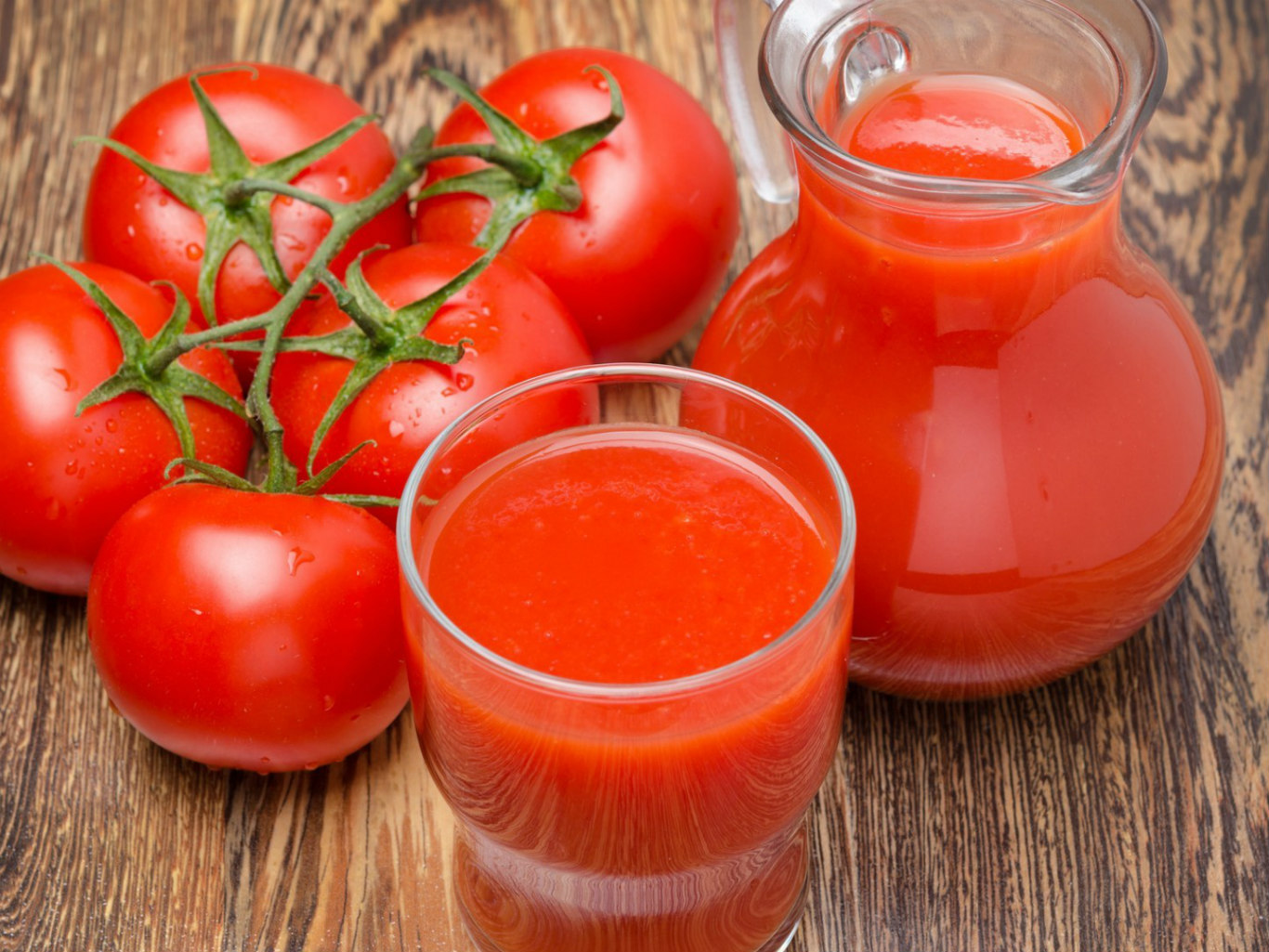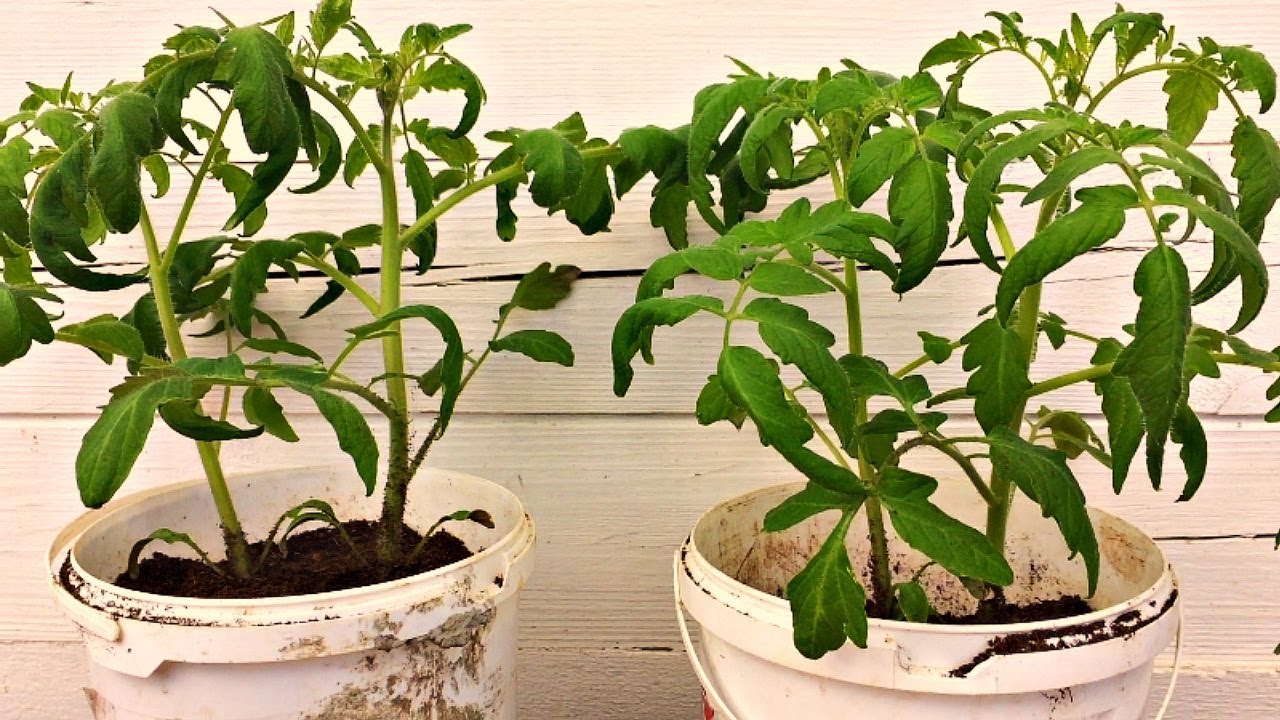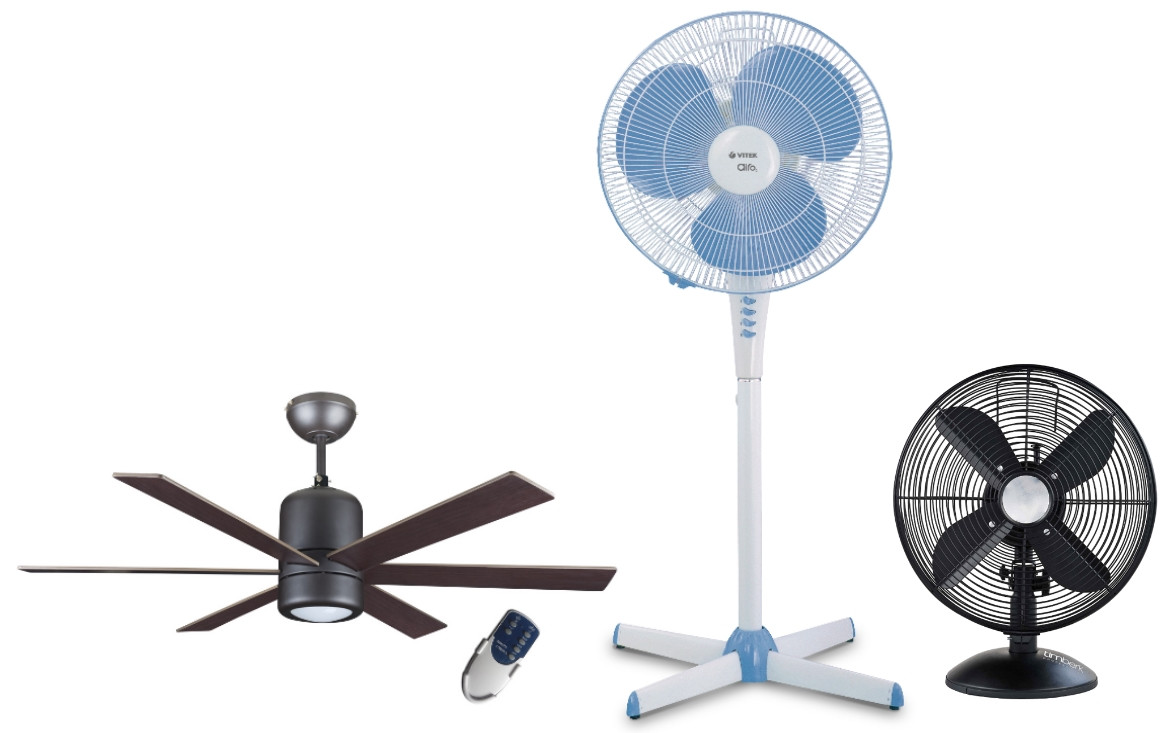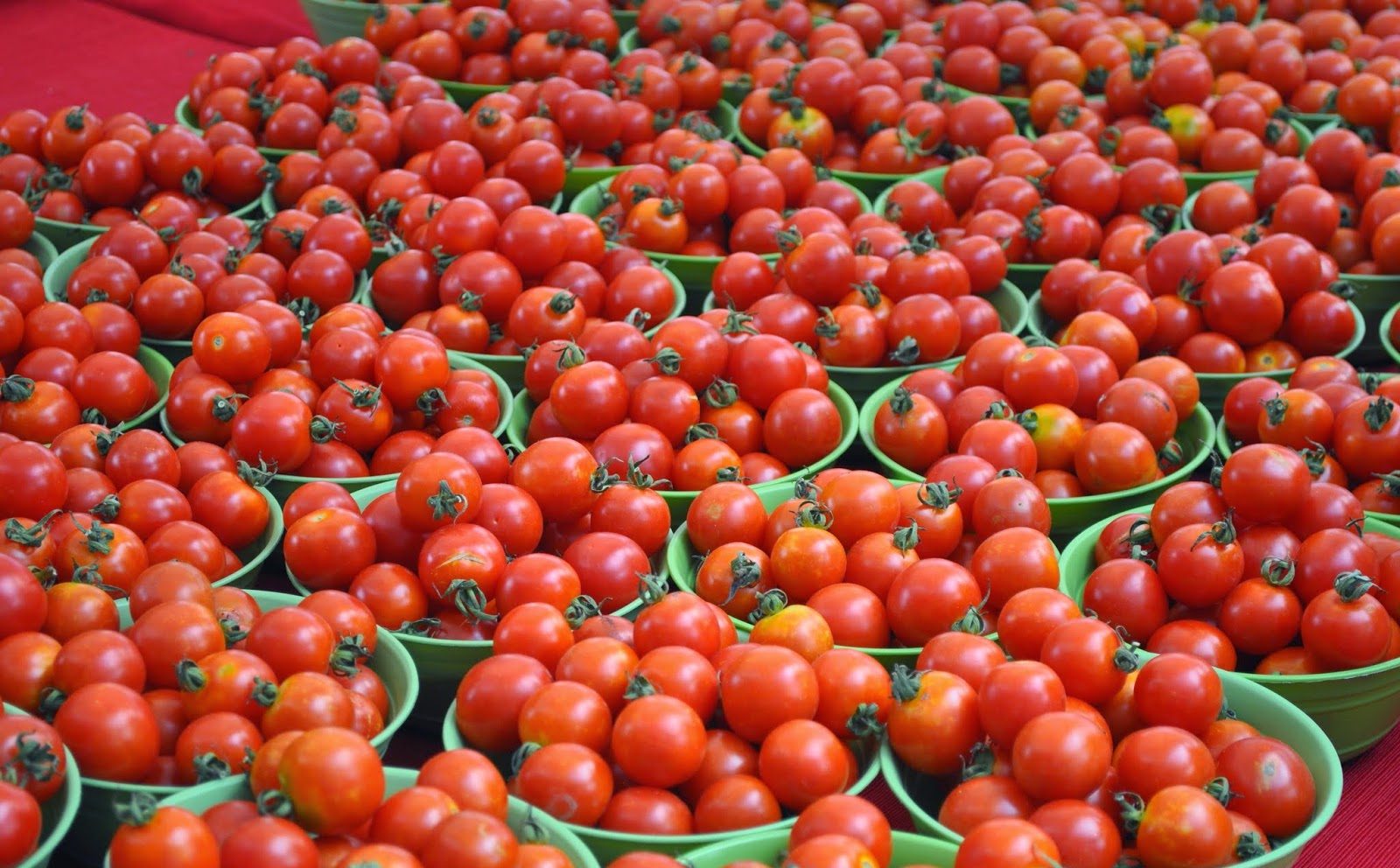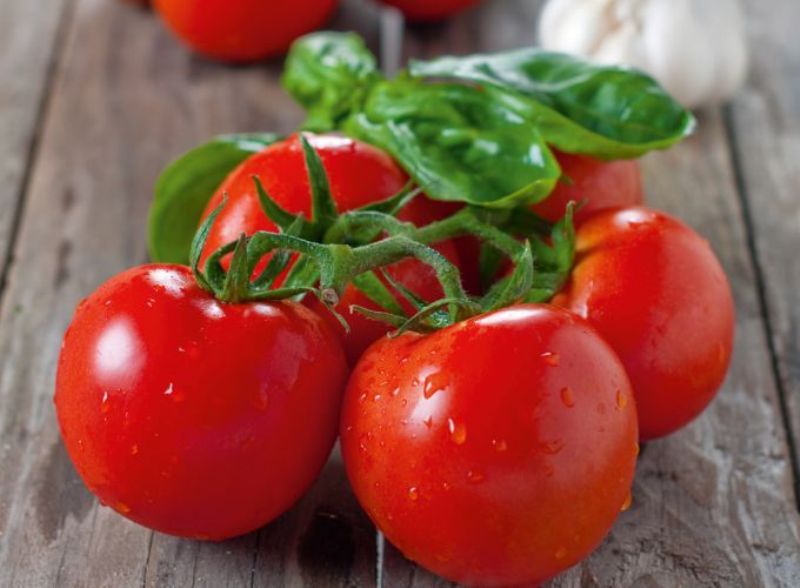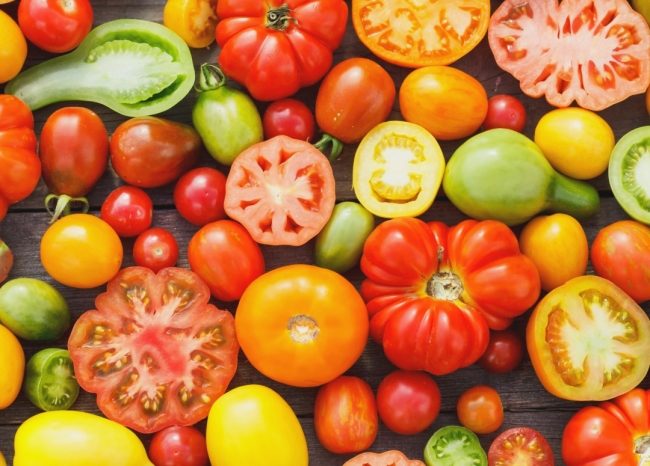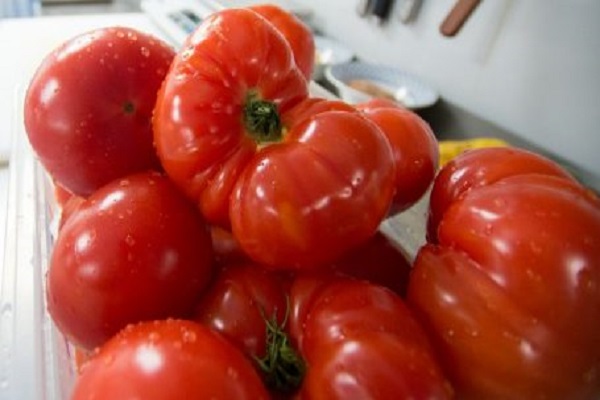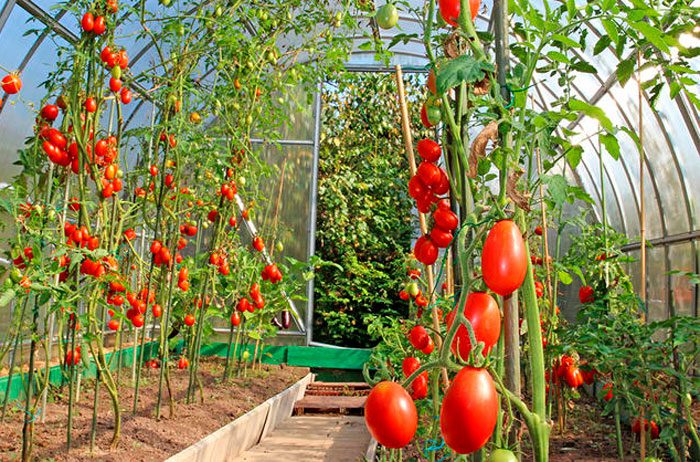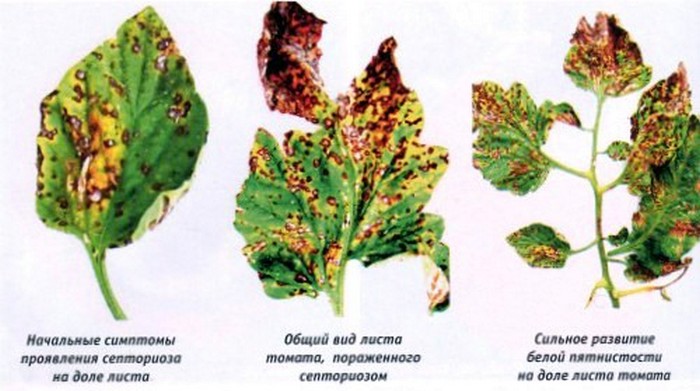Content:
The tomato is an annual thermophilic herb of the nightshade family. Translated from Italian, tomato means "golden apple". Originally from Central America, where it still grows wild. Thanks to the Spanish conquerors, the tomato came to Europe in the same way as potatoes and corn. It was introduced to Russia relatively recently in the 18th century, and even then as an ornamental plant. Moreover, people considered the fruits even poisonous. But the Russian agronomist A.T. Bolotov managed to grow tomatoes of full maturity thanks to the seedling method, and this vegetable has rightfully become a favorite of our gardeners.
Culture tomato (tomato)
Surely today there is not a single summer cottage or vegetable garden where tomatoes are grown. There are a great many varieties that differ: in color (the color of the skin and pulp is red, pink, yellow, white and even black and purple), in the appearance of the fruit (can be round, cylindrical, pepper-shaped), in the weight of the fruit (from 20 up to 900 g). Tomatoes are eaten fresh, canned, stewed. They are added to many types of soups, sauces, and stews.
Tomatoes contain vitamins C, B1, B2 and E. In addition, tomatoes are low in calories: 100 g contains only 23 kcal.
Useful of tomato juice for the following diseases:
- hypertension;
- anemia;
- asthenia;
- gastritis;
- memory impairment;
- general breakdown.
To grow this miracle vegetable, seeds for seedlings are sown from mid-March. First, the first shoots are waiting, then the seedlings are dived, hardened, fertilized and planted in the garden. And what disappointment can be for beginners, and even for experienced gardeners, when they notice edema on tomatoes.
Bumps appear, sometimes similar to growths, or warts on the upper and lower sides of the leaf. These growths can be located in separate clusters or infect the leaf completely. And on the stems of tomatoes you can see the same pimples. It turns out this way, because some roots die off in plants (from excessive moisture, dryness or cooling), and the nutrition of the leaf, coming from this root, is disturbed. After some time, tears form in the place of these growths due to the fact that the spoiled tomato leaves will no longer be restored.
It can be assumed that the plant is infected with some kind of disease, infected with bacteria or fungi, but in fact this is not the case. It's just the oedema of tomato leaves and leaf edema
In common parlance, the oedema of tomatoes is called "dropsy", although this phenomenon is not a disease. If all the necessary conditions are created, the newly growing leaves will be safe and sound.
Reasons for the appearance of tomato edema
Many people believe that this trouble occurs due to strong waterlogging of the soil, but this is not the case. Of course, abundant watering plays a role, but the lack of ventilation and lighting, and uneven watering (when would-be gardeners wait until the soil is completely dry and then water the plant well), and limited space are of no small importance for the development of tomato oedema. Also, oedema on tomatoes may appear due to a sharp change in weather: warm, sunny and sharply cold, cloudy and damp.In hot weather, the seedlings are well watered and with a sharp change in weather conditions, they simply do not have time to properly process moisture.
If oedema of tomato leaves is found, how to deal
There are no special means or unique methods to combat this ailment, but:
- If an oedema of tomato seedlings is noticed, then you need to immediately dry the plant (loosen the earthen lump, arrange the cups with seedlings more freely, even if they are less illuminated), remove from the UV radiation lamp, create additional ventilation so that the air is also dried. Damaged leaves do not need to be torn off, the plant will decide for itself whether it should be left to it or not.
- If possible, transplant the tomato for permanent residence. In this case, the stem must be deepened above the affected areas. New roots will very quickly go from it.
- When oedema hit the seedlings in cold weather, and there is no way to plant them for permanent residence, it is worth resorting to radical measures. It is necessary to separate the apex, which remains healthy, from the affected area and root. It will quickly sprout new roots even in plain water.
- A good helper, both in the prevention of edema and in the treatment, is an ordinary household fan. If the seedlings are grown on racks, then you need to install a fan on each shelf, if just on the windowsill, then direct the air stream parallel to the window sill. You can also install a couple of fans in the greenhouse near the tomatoes.
- For prevention, it is better to use land in which drainage is at least a quarter of the seedling container.
Summer residents believe that oedema often affects those tomatoes that grow in the greenhouse, since it is impossible to create ideal conditions for the life of tomatoes there, especially if both cucumbers and tomatoes are grown in the same greenhouse. But what is interesting is that if the "dropsy" was formed in the seedlings that were grown in the house, then it is worth transferring the seedlings to the greenhouse, where the plant will return to normal.
Oedema treatment
Since it turned out that tomato oedema is not a disease, there is no point in treatment either. The disease is not contagious, it will not affect the tomato harvest, the plant will recover as soon as the conditions for the existence of tomato seedlings are improved. The leaf will not recover without proper nutrition, this must be taken for granted, as well as the fact that it will disappear over time. Therefore, it is recommended to help the plant by removing the affected leaves and deepening the stem.
Tomatoes are a capricious and demanding culture. For good development, it is necessary to provide it with warmth, light, moisture and nutrients in a balanced form. Even a small change can stress young plants. Eden on tomatoes - the wrong living conditions for plants. One has only to create a good habitat, and the plant will straighten out.
